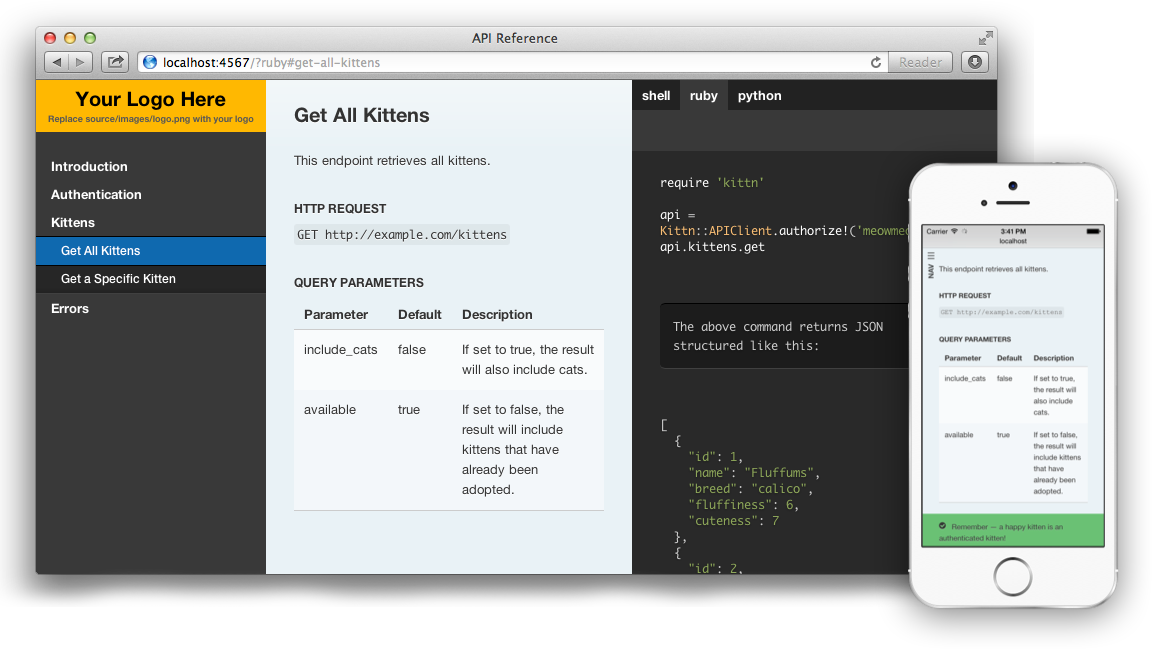Posts
Tags Input Control for AngularJS
API Authentication: Generating HMAC digest in PHP and Java
User authentication is an important part of the web service API design. One of the common approach is the Hash-based Message Authentication Code – HMAC. Used together with transport level security it provides reliable mechanizm of user authentication and message integrity validation.
One More Grid for AngularJS
Web Security Resources
Booting Spring Webapp
Spring Boot is an excellent tool to bootstrap java application. Most of the references mention how to create a standalone java application, optionally with embedded web server (tomcat or jetty). But Spring Boot supports also creating web applications intended to run within servlet container.
Syncing iTunes Library Between two Computers
Recalling Testing Principles
Base64 Variants in Java 8
You most likely used Base64 encoding. It’s about encoding any sequence of data as a printable string (digits, lower case and upper case letters). But Base64 has variations. E.g., not every Base64 variant allows safe transfer of any data as URL parameters. For that purpose there is a special dialect of Base64: Url-safe encoding.
